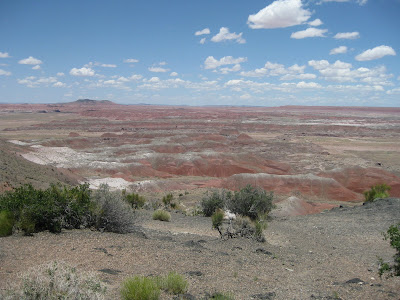 In Arkansas, this RV didn't make it and I certainly hope the passengers were ok. Traffic was backed up for miles.
In Arkansas, this RV didn't make it and I certainly hope the passengers were ok. Traffic was backed up for miles. We stayed in Yukon, home to Garth Brooks, on the way back. We were no longer on Route 66 so after this night we decided to drive the next 700 plus miles straight home. I wanted to be in my own bed after 3 weeks of motels. But after getting home we then had to make the 110 mile round trip to Birmingham to return the rental car. A lot of miles in one day.
We stayed in Yukon, home to Garth Brooks, on the way back. We were no longer on Route 66 so after this night we decided to drive the next 700 plus miles straight home. I wanted to be in my own bed after 3 weeks of motels. But after getting home we then had to make the 110 mile round trip to Birmingham to return the rental car. A lot of miles in one day. Just because.
Just because. Had a big o' cheeseburger here.
Had a big o' cheeseburger here. The old cars were visitors who were traveling Route 66, and not part of the display.
The old cars were visitors who were traveling Route 66, and not part of the display.
 An original piece of old 66 pavement in the museum.
An original piece of old 66 pavement in the museum.
 Geese Crossing
Geese Crossing
 Route 66 Museum
Route 66 Museum As if he's saying, "And just what are you looking at?"
As if he's saying, "And just what are you looking at?" On the way back down with more people coming up.
On the way back down with more people coming up.  A hideout cave that we just had to explore.
A hideout cave that we just had to explore. A reconstructed dugout of one of the first white men to establish a ranch here. Of course this was after all the indians had been run off. I considered using it as Nathan's timeout corner but then I would have to come back for him.
A reconstructed dugout of one of the first white men to establish a ranch here. Of course this was after all the indians had been run off. I considered using it as Nathan's timeout corner but then I would have to come back for him.































